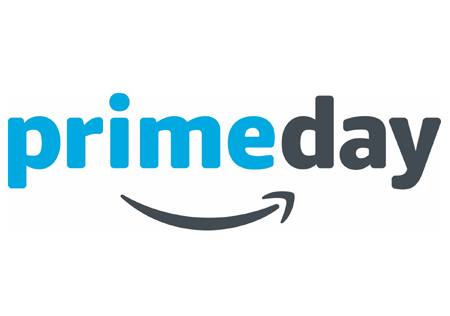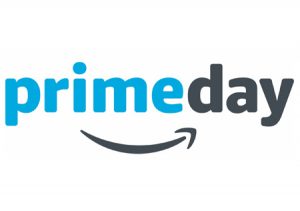
Amazon has been working to whip bargain-hunters into a frenzy with promises of “epic” deals on Prime Day (July 15-16), and third-party sellers can benefit. During last year’s Prime Day, small- and medium-sized businesses (SMBs) generated sales of $1.5 billion on Amazon.
Amazon said it’s working to find new and better ways for Prime members to discover deals from small businesses, including dedicated pages of deals from SMBs for the first time this year. Amazon also now allows Fulfillment by Amazon (FBA) sellers to offer Prime Exclusive Discounts – including during this year’s Prime Day event.
Online sellers are also trying to capitalize on the shopping event off of Amazon. Stamps.com’s Eric Nash said Amazon Prime Day can increase sales for all sites, and he provided three tips in this blog post. One tip for those with their own websites: optimize your Google Shopping campaign on Prime Day. “If shoppers cannot find the deals they want on Amazon.com, they’ll turn to Google to find them on other sites,” Nash said.
Profitero’s research backs up that premise. It conducted a survey that found 34% of Prime members who planned to shop on Prime Day will also shop for deals at other online retailers. It also found that 58% of Prime Day members compare prices on other sites first before buying a Prime Day deal on Amazon.
Adobe Digital Insights (ADI) predicted that top retailers (those with online sales over $1 billion) will see a 79% lift in revenue during Prime Day, and it predicts that Prime Day will be the third time outside of the holiday season to surpass $2 billion in ecommerce spending, as it did on Labor Day 2018 and Memorial Day 2019.
ADI had advice for capitalizing on Prime Day, reporting that email marketing makes a big impact. “Prime Day lift in 2018 had a direct correlation to email campaign prowess among the top retailers. Excellent email experiences give brands an edge on Prime Day. In fact, Prime Day lift in 2018 had a direct correlation to email campaign prowess among the top retailers.”
ADI principal analyst Taylor Schreiner said overall, email campaigns were responsible for an 8.8% increase in order share on Prime Day 2018.
Yes Marketing said emails should feature the words “Prime Day” in their subject lines, finding they generated a 47% higher open rate than the average of other top-performing themed emails sent in Q3 2018.
But note that 55% of consumers ignore marketing emails because they receive too many, so brands need to be careful they’re adding value and not drowned out in Prime Day noise, Yes Marketing said.
Sellers should also beware of a potential Prime Day problem: along with the uptick in sales on Prime Day comes an increase in the number of returns. ADI’s Schreiner said last year there was a 30% increase in returns for items purchased on Prime Day, indicating that consumers are quick to buy items they don’t ultimately want or need.
Prime Day includes deals attractive to parents, but the annual July shopping event is far from the end of the back-to-school shopping (BTS) season. RetailMeNot found Prime Day, the first weekend in August, and Labor Day weekend are peak BTS shopping days. That said, 84% of retailers reported that Prime week is the most important time for driving online sales during the entire back-to-school shopping season.
Despite the hype of great deals on Prime Day, RetailMeNot found that 64% of BTS shoppers hoped Amazon would provide better deals on the items they are looking to purchase this year.
Selling on other marketplaces is another way for merchants to capitalize on Prime Day, and eBay has been working to get attention from shoppers. Last year, eBay marketing focused on the fact that, unlike Amazon, it would allow everyone to get deals, no membership fee required.
This year, eBay focused on technical issues Amazon experienced last year by holding a “Crash Sale.” Unfortunately for sellers, eBay is pushing shoppers to its Deals marketplace where only a tiny fraction of sellers can participate.
Additional data points related to Amazon Prime Day
- Amazon held its first Prime Day on July 15, 2015. It appears to be modeled after Alibaba, which turned Singles Day in China into a major shopping holiday in 2009, which grew to surpass Cyber Monday by 2012.
- There are 105 million Amazon Prime members who account for approximately 57% of Amazon shoppers in the most recent quarter, according to estimates from Consumer Intelligence Research Partners, LLC (CIRP).
- Amazon gets a big ad-revenue boost on Prime Day from brands and merchants who advertise in an effort to stand out from their rivals.
Let the buying and selling begin!




